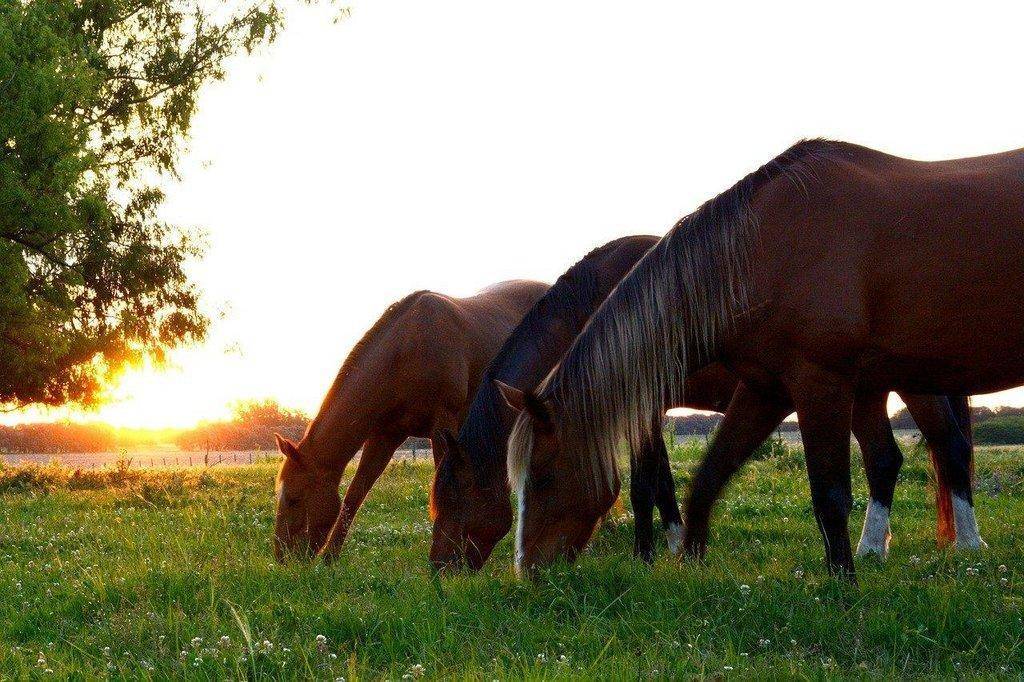Press Release
There are currently NO cases of vesicular stomatitis virus in Utah.
(Salt Lake City) In concurrence with the recent report of positive vesicular stomatitis virus (VSV) animals diagnosed in the United States, the Utah Department of Agriculture and Food, Animal Industry Division has implemented the following importation changes that are in effect immediately for affected states:
All imports of horses, cattle, bison, cervids, sheep, goats, and swine, from states which have a confirmed vesicular stomatitis virus positive animal or have quarantines in place for this disease, are required to be accompanied by an entry permit number prior to import into Utah. The permit number will be assigned by our permitting staff and is to be listed on the Certificate of Veterinary Inspection (CVI) and will be given to the veterinarian issuing the CVI.
A statement shall be written in the remarks section of the CVI by the issuing veterinarian that indicates that “the animals listed on the CVI have not originated from a premises or an area under quarantine for vesicular stomatitis virus (VSV) or a premises on which vesicular stomatitis virus has been diagnosed in the last 30 days, or are within 10 miles of such premises; and the animals in the shipment have no signs of vesicular stomatitis viral disease.”
Export shipments within a 10-mile radius of an infected area or premises will require an exception from the State Veterinarian’s Office, 801-538-7161/2/4.
These requirements shall remain in effect until notice is given by the Utah Department of Agriculture and Food / Animal Industry Division.
Vesicular stomatitis is a viral disease caused by two distinct serotypes of vesicular stomatitis virus—New Jersey and Indiana. Vesiculation, ulceration, and erosion of the oral and nasal mucosa and epithelial surface of the tongue, coronary bands, and teats are typically seen in clinical cases, along with crusting lesions of the muzzle, ventral abdomen, and sheath. Clinical disease has been seen in cattle, horses, and pigs and very rarely in sheep, goats, and llamas. Serologic evidence of exposure has been found in many species, including cervids, nonhuman primates, rodents, birds, dogs, antelope, and bats.

